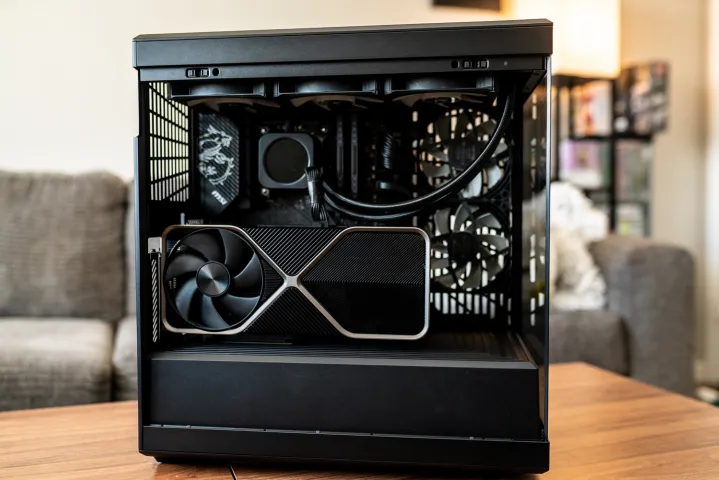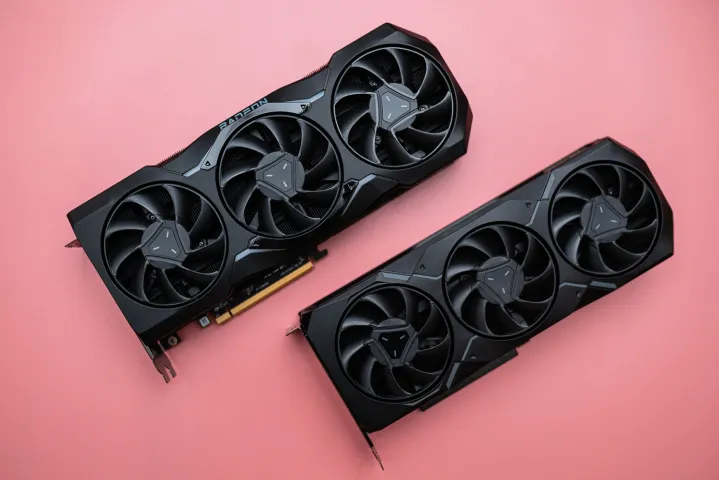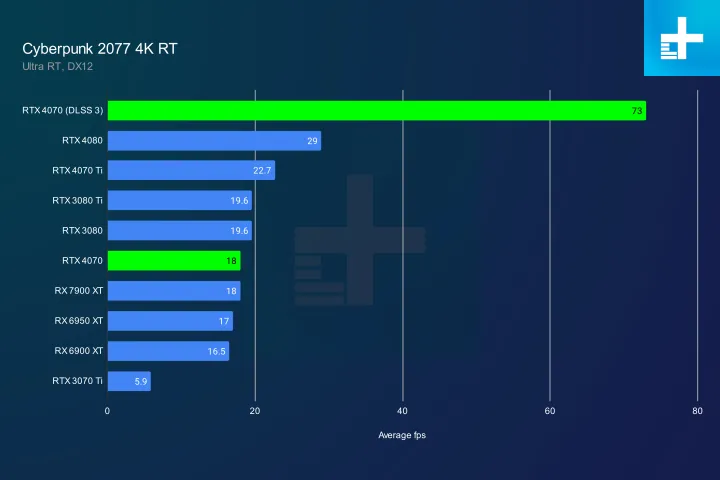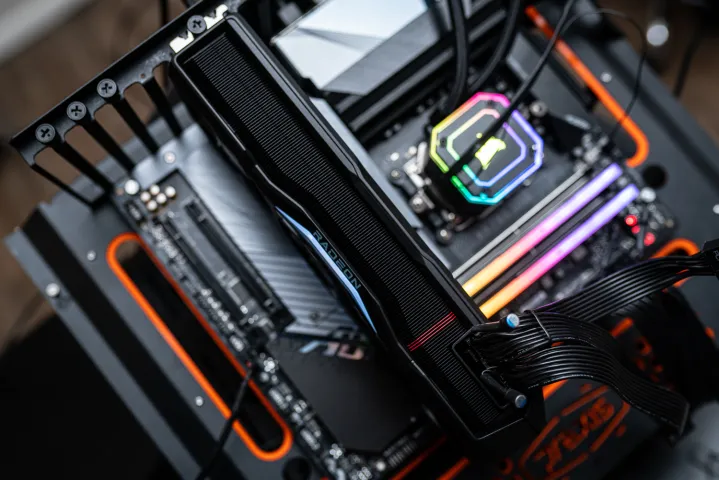For the better part of the past decade in the desktop graphics card market, Nvidia held a dominant position over rival AMD. Powered by architectural innovations like CUDA cores and Tensor cores alongside superb software ecosystems, Team Green comfortably led mind share and sales throughout the 2010s.
However, recent missteps like excessive Founders Edition pricing and confusing product tiering risk that hard-earned leadership footing in 2023. Savvy moves by a resurgent Team Red now place AMD in prime position to disrupt Nvidia’s crown in 2024 IF they execute across key strategic vectors from pricing to performance optimization to partnerships.
Let’s break down the critical areas AMD should target investment in order to ultimately outmaneuver Nvidia during next year’s monster showdown.
Aggressively Compete on Price-to-Performance Ratio
Historically, AMD positioned Radeon GPU offerings as affordable alternatives to premium Nvidia GeForces. And that value positioning frequently translated into raw performance compromises by comparison.
However next generation RDNA 3 architecture behind 2023 cards like the RX 7900 XTX demonstrate AMD’s technical graphics prowess now stand toe-to-toe with equivalent RTX 4000 models. Future RX 8000 series releases promise extending that high end competition even further.
But pure speed lacks differentiation alone. So beyond technological enhancements, AMD must likewise tune pricing below Nvidia’s rate card to sway mainstream gamers. Reports suggesting the RTX 4080 suffers lackluster sales due to sticker shock versus AMD’s new halo card prove an appetite exists for cost savings without proportional power sacrifice.
If Lisa Su cannily ratchets down profit margin targets to undercut comparative Nvidia offerings by $50-$100 or more next year, market share momentum may shift further still into AMD’s favor on volume and mind share alike. The time never proved more ripe for aggressiveness on price.
Refine Drivers to Boost Real-World FPS Rates
Benchmark bragging rights make headlines, but optimum real world gaming experiences ultimately hinge on stable drivers converting cutting edge capabilities into smoothly immersive gameplay. Here too lies an opportunity for Team Red to optimize software stacks for delivering higher frames per second (FPS) differentiating 2024 Radeon GPUs as the definitive choice for enthusiasts.
By analyzing game profiling telemetry data across top titles and usage models, engineers can fine tune clocks, caches, pipelines and cores to eke out any latent Headroom between reference specs and practical in-game outputs.
Machine learning algorithms show particular promise helping GPUs adapt render profiling dynamically based on individual system configurations and detected scenes/sequences rather than static game-wide presets.
While a single digit FPS bump may seem nominal on paper, smoother tearing and lag free transitions psychologically feel vastly more polished. So driver-fueled gains could garner AMD community goodwill challenging Nvidia’s historical mind share dominance.
Forge Tighter Game Creator Partnerships
Beyond bolstering baseline board outputs alone, AMD should double down on cementing technical game developer relationships guaranteeing optimized Radeon support across blockbuster game engines and launch titles.
Noteworthy progress manifested already for example via AMD GPU ray tracing refinements integrated into CD Projekt’s Cyberpunk 2077 last year to boost frame rates and visual fidelity. However similar co-engineering efforts should scale massively moving forward.
Now that AMD’s graphics architectures achieve broad feature parity with Nvidia’s toolsets, Radeon Software engineers must prioritize tighter Unreal Engine, Unity and Frostbite integrations to ensure new effects shine brightest running Red ecosystem silicon. Early tech previews granting AMD sneak peaks at upcoming games’ inner workings prove mutually beneficial allowing both better day one optimizations.
Leveraging extensive FreeSync display network partnerships, AMD could even architect dynamic gaming displays adapting outputs on the fly based on detected Red GPU models to further leverage unique hardware strengths absent on GeForce cards.
The aggregate impact of such extensive software-to-silicon co-engineering would manifest vividly for end users, building tangible preference right as next generation title releases peak.
Maintain Cutting Edge Founders Edition Halo Products
While value positioning helped resuscitate AMD’s graphics division post-bitcoin boom, the halo effect provided by flashy Founders Edition models demonstrates equal importance giving brand cachet with performance purists.
Case in point – the RX 6950 XT ‘Xtreme Ultimate’ GPU that debuted this past January at CES. Pushing clocks speeds to the brink via exotic cooling and meticulous binning helped cement AMD’s engineering cred against Nvidia’s own Extreme offerings.
Successes like the liquid-cooled beastly RX 6950 XTX halos bestow AMD with renewed community insider passion that bleeds downstream even into mainstream midrange cards.
So AMD must sustain research into some ultimate 2025 limited edition RDNA 4 etch pushing boundaries past accepted limits via exotic cooling, revolutionary power delivery and obsessive component selection. Support insatiable enthusiasts with halo extremes setting new performance plateaus and appreciation cascades downward onto entire stack too.
Capitalize on AI Advancements Before Nvidia Regroups
While Nvidia still dominates GPU aided AI training and inferencing today thanks to Tensor core optimizations, AMD ships renownedInstinct data center accelerators proving mightily competitive on pure spec grounds.
And chatter emerged recently suggesting AMD’s next gen GPU architectures incorporate matrix core hardware possibly rivaling Tensor Flow efficiencies that powered Nvidia market leadership here historically.
Before Jensen Huang’s engineers respond with refreshed Volta data center chips closing present leads, Lisa Su would be wise continuing full steam ahead bringing AI enhancements like XDNA toolkits into consumer gaming cards too.
Doubling down on AMD GPU computational strengths beyond pure graphics workloads signals forward thinking cementing their products as Swiss army knives powering next generation immersive experiences incorporating AI super sampling, voice synthesis and machine learning model inferencing tasks.
Though still early innings materializing such additional functionality into gaming software, AMD stealing a march leveraging AI IP like Xilinx acquisition integrations could make Radeon the preferred platform bridging key growth sectors.
The Time is Now for All-Out Execution
In summary, while AMD leadership prioritized stabilizing GPU supply chains and boosting essential profitability these past several years, present market conditions hand them a golden chance at outright surpassing Nvidia’s sales and mind share next year through aggressively competitive value pricing, software refinement, strategic partnerships, halo engineering and AI innovation.
Of course, realize the computing juggernaut won’t surrender dominance easily even if early stumbles open a narrow window. Once next-gen architectures like Lovelace and Hopper resume normal cadences post-crypto aftershocks, Nvidia can counterpunch expensively any temporary gaps.
However by rigorously exploiting present disruption with these outlined areas of strategic investment focus, Lisa Su and AMD loyalists can firmly cement 2023’s hard fought graphics card market share parity into definitive category leadership during the massively pivotal 2024 product generation launch window ahead.
Seize ripe opportunities today, and AMD may proudly adorn gaming rigs as the definitive architecture of choice when next decade dawns. The promising roadmap looks brightly Red and only execution stands in the way of dethroning Nvidia green.




